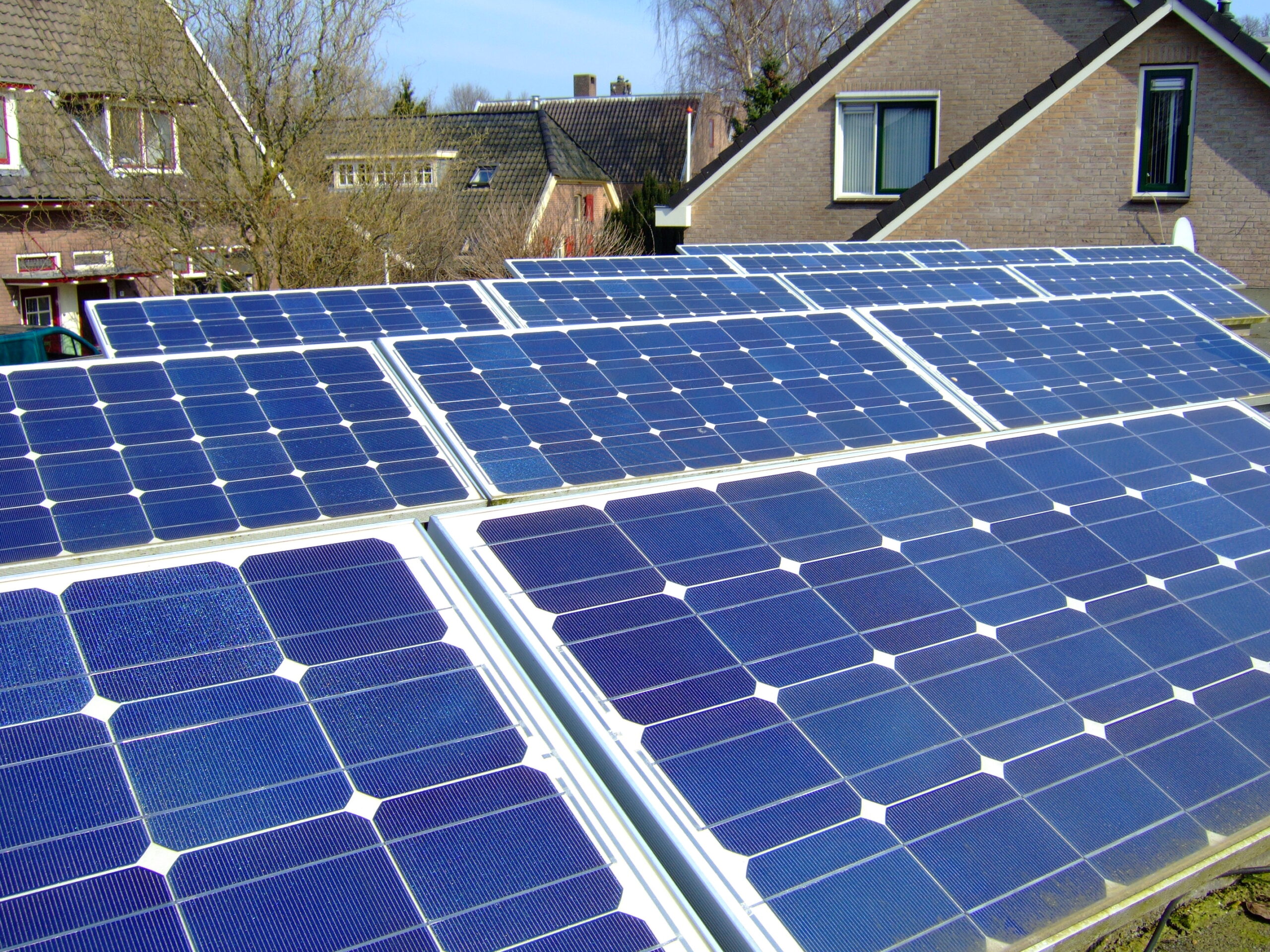As Australians increasingly make the transition to cleaner energy sources, solar panels have emerged as a favoured choice for many households and businesses. Solar panels not only contribute to a greener environment but also help in cutting down electricity bills. However, potential users often wonder: how much maintenance do these gleaming panels require?
Solar Surge is here to demystify this topic for you. The good news is that Mother Nature, especially in Australia, plays a significant role in the upkeep of solar panels. And, when the panels are installed correctly, maintenance becomes even simpler.
Understanding Solar Panel Basics
The Composition of Solar Panels
Solar panels, the silent workhorses of renewable energy, are technological wonders. At the heart of each panel lie photovoltaic (PV) cells. These specialized cells have the unique ability to capture sunlight and convert it into electricity. Layered meticulously, the PV cells are securely sealed behind a transparent, protective glass casing. This casing not only shields the cells from external elements but also ensures maximum sunlight penetration. Surrounding this assembly is a resilient metal border, designed to provide structural strength. Together, these elements form a harmonious construction that makes the panels not just efficient, but also robust, durable, and exceptionally resistant to various weather conditions, be it the scorching sun or torrential rain.
Typical Lifespan and Warranty
When considering an investment in solar panels, it’s essential to understand their longevity. On average, solar panels impressively serve households and businesses for about 25-30 years. This extended lifespan is a testament to the advancements in solar technology and the quality of materials used in their production. But beyond just the lifespan, manufacturers often back their products with reassuring performance warranties. These warranties are a promise of sustained efficiency. Most commonly, they assure customers that even after 25 years – a considerable time by any standard – the panels will still operate at a commendable 80% (or thereabouts) of their original efficiency. This commitment offers users peace of mind, ensuring that their green energy source remains reliable for decades.
Maintenance Needs for Solar Panels
The Role of Rain
In many parts of Australia, rainfall does the job of cleaning solar panels. The tilt and angle of properly installed solar panels mean that most debris, dust, and bird droppings are easily washed away by a decent downpour. Given the regular rainfall patterns in Australia, this natural cleaning mechanism ensures that solar panels remain efficient without needing frequent human intervention.
Possible Maintenance Tasks
Visual Inspections: It’s good practice to conduct a visual check every few months to ensure no debris or dirt build up. This can usually be done from the ground using binoculars.
Cleaning: In areas where rain might be scarce, or if there’s significant debris or soiling, a gentle cleaning might be necessary. This can be done using a soft brush or a high-pressure hose. However, always remember to shut down your solar system before cleaning.
Technical Check-ups: Every couple of years, consider getting a professional from a company like Solar Surge to inspect your system. They can ensure that all components are in working order and your system is running at peak efficiency.
Factors that Minimise Maintenance
Proper Installation
The importance of correct installation cannot be emphasised enough. A properly installed solar panel system:
Optimises the Tilt and Angle: This ensures maximum exposure to sunlight and facilitates the self-cleaning process during rainfall.
Ensures Appropriate Spacing: Adequate spacing minimises the chance of debris accumulation.
Uses Quality Components: High-quality fixtures and fittings reduce the risk of rust and corrosion.
Monitoring Systems
Many modern solar installations come with monitoring systems. These systems help owners keep track of their solar panel’s performance and efficiency. Any significant drop in performance can be an indicator that maintenance or professional inspection is required.
Conclusion
Solar panels, by design, are low-maintenance energy solutions. In a country like Australia, where rainfall is a regular feature in many regions, the need for maintenance is further reduced. The rain does a commendable job in keeping the panels clean and functioning at optimum levels. However, the pivotal factor remains the quality and correctness of the installation. With a trusted partner like Solar Surge, you’re ensured a solar system that’s built to last, with minimal fuss over its upkeep.
Transitioning to solar energy is not just about harnessing the sun but also leveraging nature, like the rain, to ensure a sustainable and hassle-free energy future.
